After decades of concern and mounting scientific evidence, the U.S. has finally banned Red Dye No. 3, a synthetic food coloring linked to cancer. This decision marks a significant shift in food safety regulations.
After decades of debate and mounting scientific evidence, U.S. health officials are finally moving to ban Red Dye No. 3 —a synthetic food coloring linked to cancer. This decision marks a significant shift in food safety regulation, ending the use of a chemical that has colored everything from candy to vegetarian meat alternatives, and even medicine for over a century. Red Dye No.
3, also known as erythrosine, is a synthetic food coloring derived from petroleum that gives foods, drinks, and medications a vibrant cherry-red hue. First approved by the FDA in 1907—well before rigorous safety standards were in place—it quickly became a go-to additive in the food and pharmaceutical industries. Its primary appeal lies in its ability to make products more visually enticing, enhancing the appearance of everything from sweet treats to everyday medications.Today, Red Dye No. 3 can be found in a wide range of products, including popular candies like candy corn and jellybeans, colorful cake decorations, and even certain medications such as ADHD treatments and heartburn relief pills. It’s also used in processed meats, frozen desserts, and artificially flavored drinks.The primary concern with Red Dye No. 3 is its carcinogenic potential. Studies in the late 20th century showed that high doses caused thyroid tumors in lab rats, prompting the FDA to ban its use in cosmetics. Under the Delaney Clause—a policy requiring the FDA to ban additives shown to cause cancer in humans or animals—the dye technically should have been removed from foods and drugs. Yet, it remained on shelves.More recently, a 2021 review by the California Office of Environmental Health Hazard Assessment linked synthetic dyes, including Red Dye No. 3, to behavioral issues like hyperactivity in children. While the FDA has argued that current evidence doesn’t conclusively prove harm to humans at approved levels, consumer advocacy groups and scientists have pushed for action. The momentum to ban Red Dye No. 3 has been building for years. Over two years ago, more than 20 advocacy groups—including Consumer Reports and the Environmental Working Group—petitioned the FDA to eliminate the dye from the food supply. California led the charge by banning the dye in foods starting in 2023, with full compliance required by 2027. Major brands have started to adapt. Ferrara Candy Co. has begun reformulating its products, and General Mills has pledged to comply with California’s upcoming regulations. This growing movement reflects a broader trend toward scrutinizing artificial additives in our food. The FDA’s long-awaited decision to ban Red Dye No. 3 signals a shift in how food safety is regulated in the U.S. The move could open the door to reevaluating other controversial additives, like Red Dye No. 40 and Yellow Dyes No. 5 and 6, which have also faced scrutiny for potential health risks. Food manufacturers have until January 2027 to phase out the dye from their products, while pharmaceutical companies have until January 2028 to comply.In the end, this decision isn’t just about banning a bright red dye—it’s about prioritizing health and reducing unnecessary chemical exposure. And after more than 30 years, it’s a change that’s long overdue
RED DYE NO. 3 CANCER FOOD SAFETY FDA REGULATION CALIFORNIA
United States Latest News, United States Headlines
Similar News:You can also read news stories similar to this one that we have collected from other news sources.
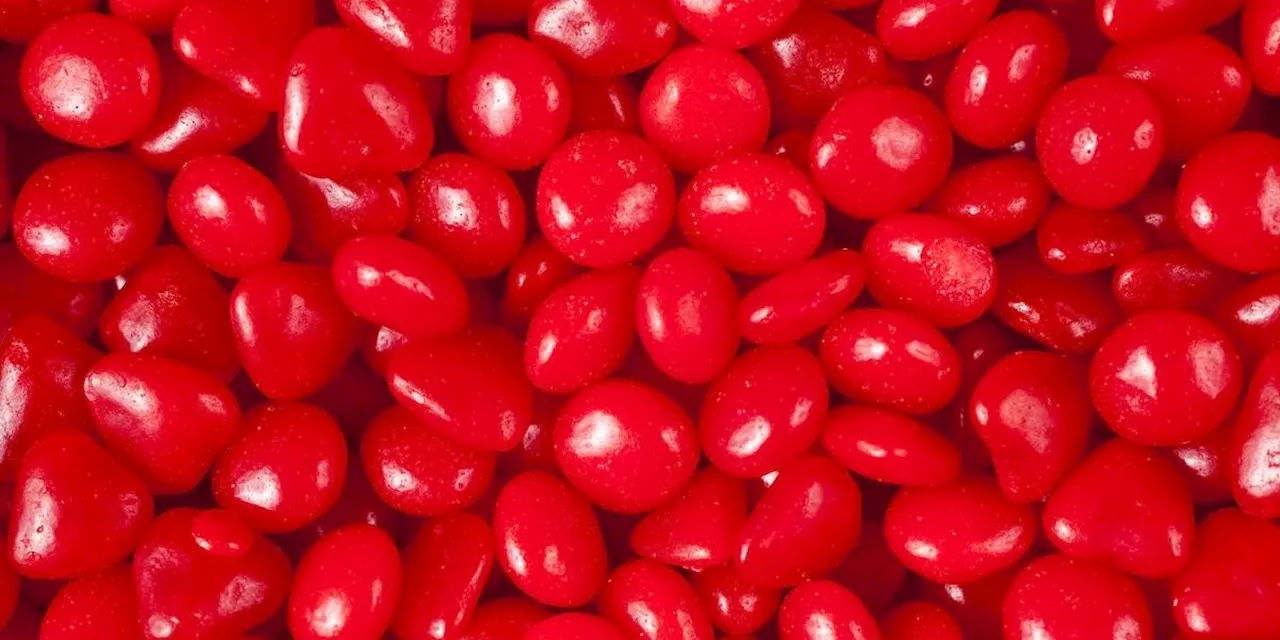 FDA Finally Bans Cancer-Causing Food Dye Red No. 3: A Long Overdue DecisionAfter years of controversy and scientific evidence linking it to cancer, the FDA has finally banned the use of the synthetic food dye Red No. 3 in food and ingested drugs. This decision comes decades after the dye was banned in cosmetics, raising questions about why it took so long to take action.
FDA Finally Bans Cancer-Causing Food Dye Red No. 3: A Long Overdue DecisionAfter years of controversy and scientific evidence linking it to cancer, the FDA has finally banned the use of the synthetic food dye Red No. 3 in food and ingested drugs. This decision comes decades after the dye was banned in cosmetics, raising questions about why it took so long to take action.
Read more »
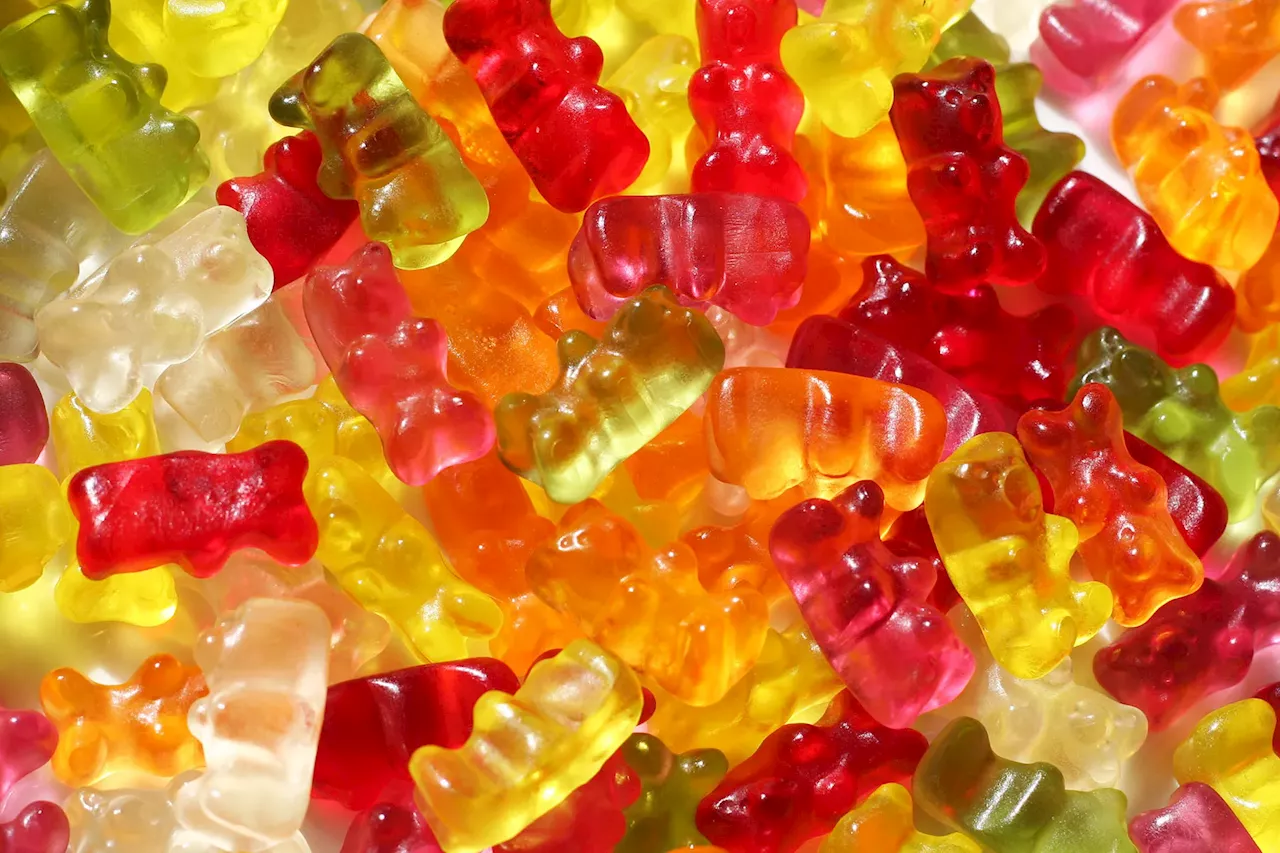 FDA Bans Controversial Red Food Dye Red No. 3The FDA is banning the use of FD&C Red No. 3, a synthetic red food dye, citing concerns about its potential health effects. Although the FDA maintains that Red 3 poses no significant risk to humans, the ban will take effect in 2027 for food products and 2028 for ingested drugs.
FDA Bans Controversial Red Food Dye Red No. 3The FDA is banning the use of FD&C Red No. 3, a synthetic red food dye, citing concerns about its potential health effects. Although the FDA maintains that Red 3 poses no significant risk to humans, the ban will take effect in 2027 for food products and 2028 for ingested drugs.
Read more »
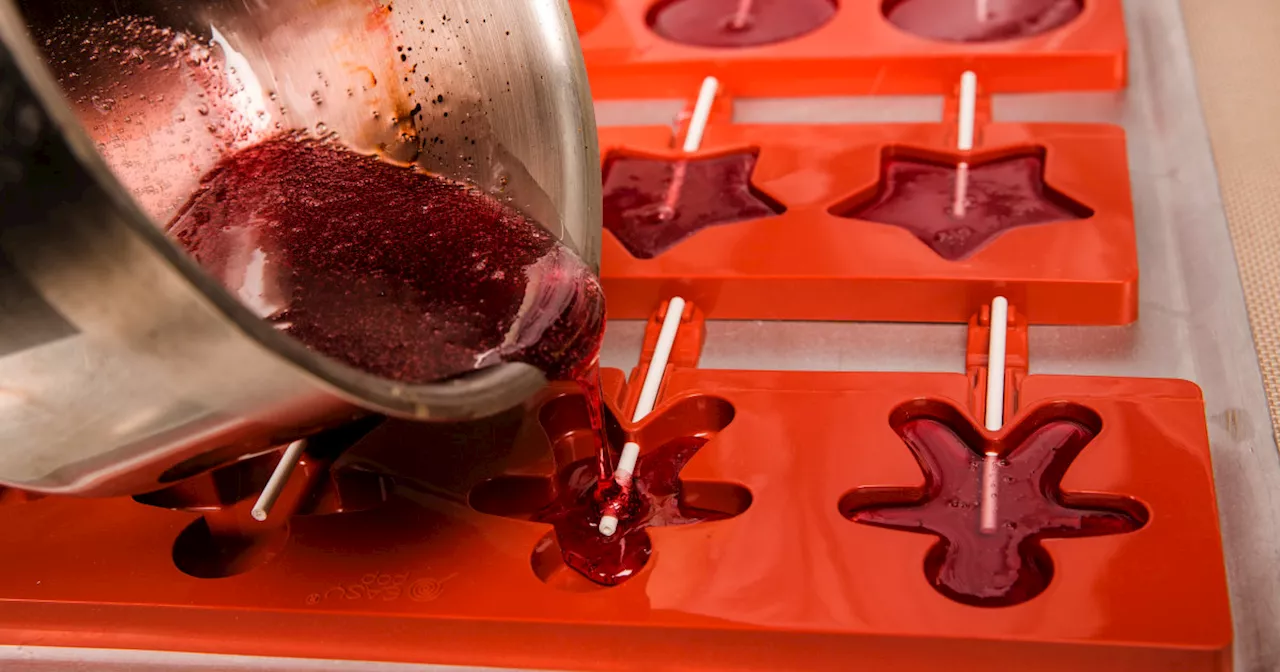 US Bans Artificial Red Dye Red No. 3 in FoodThe FDA announced a ban on the artificial food dye Red No. 3, citing safety concerns. The ban, effective in 2027, is expected to have a minimal impact on consumers and food manufacturers.
US Bans Artificial Red Dye Red No. 3 in FoodThe FDA announced a ban on the artificial food dye Red No. 3, citing safety concerns. The ban, effective in 2027, is expected to have a minimal impact on consumers and food manufacturers.
Read more »
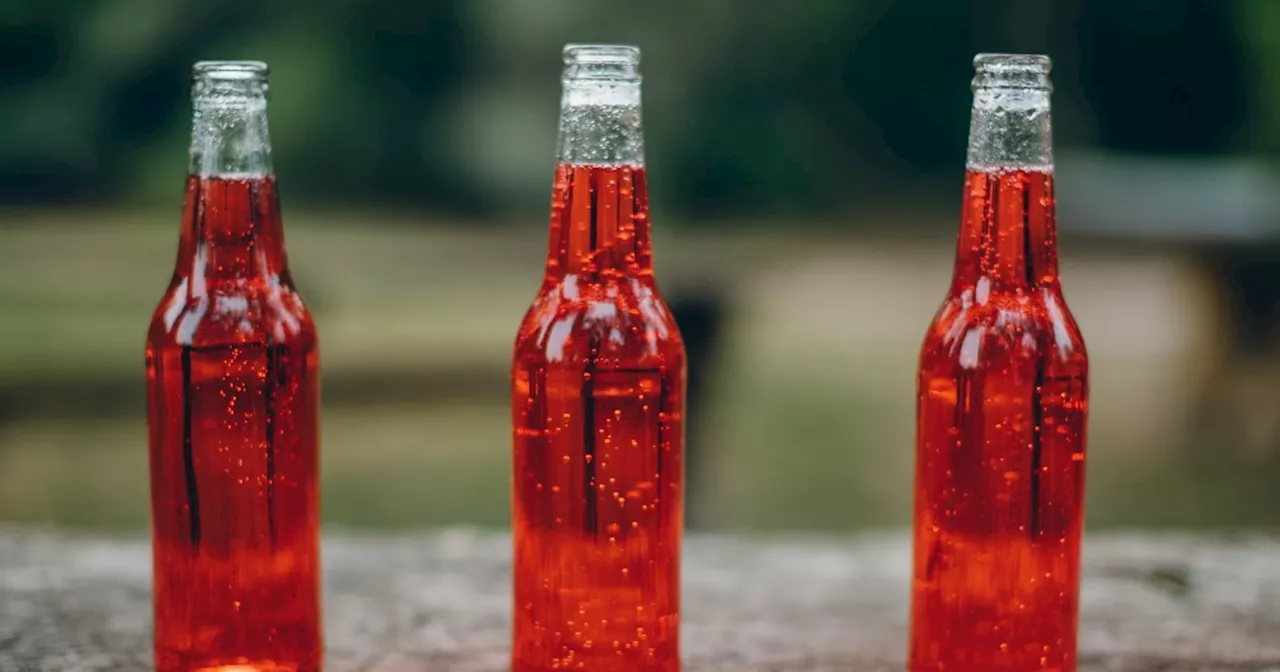 FDA Bans Red No. 3 Food Dye Over Cancer ConcernsThe Food and Drug Administration (FDA) has banned the use of Red No. 3, a synthetic dye linked to cancer in animals, in all food and beverages sold in the United States. The ban, effective January 2027, comes after years of advocacy from consumer groups and lawmakers who raised concerns about the dye's potential health risks.
FDA Bans Red No. 3 Food Dye Over Cancer ConcernsThe Food and Drug Administration (FDA) has banned the use of Red No. 3, a synthetic dye linked to cancer in animals, in all food and beverages sold in the United States. The ban, effective January 2027, comes after years of advocacy from consumer groups and lawmakers who raised concerns about the dye's potential health risks.
Read more »
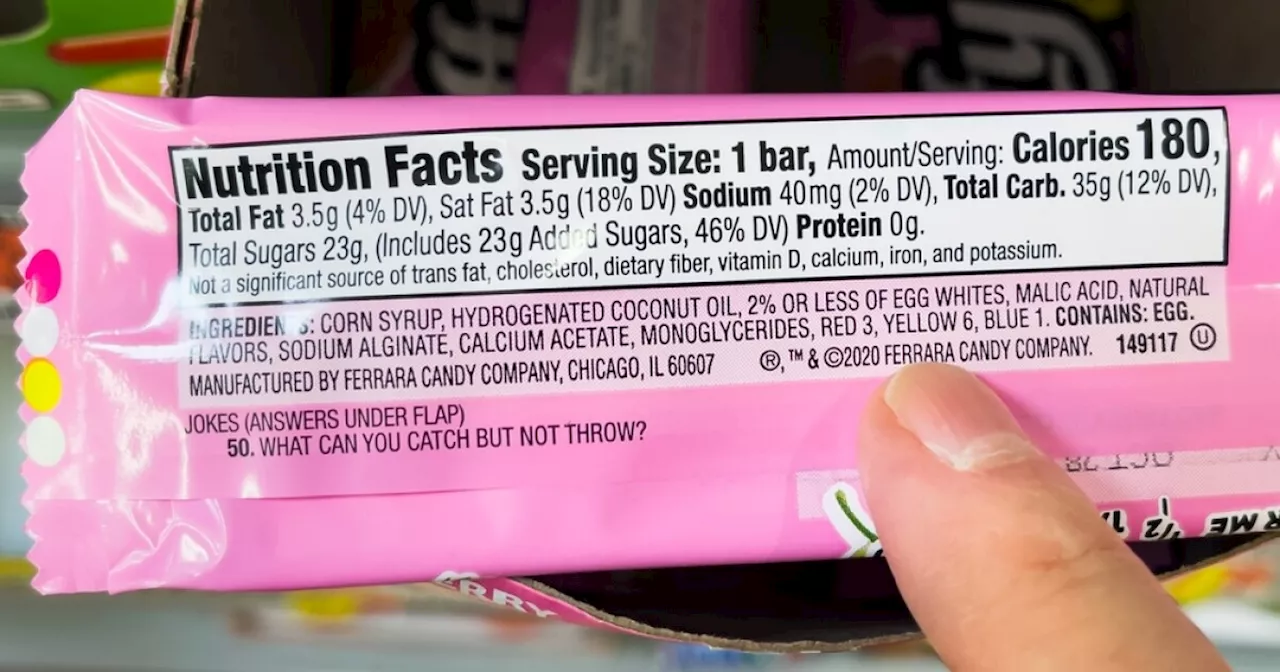 FDA Bans Popular Food Dye Red No. 3 Over Cancer ConcernsThe Food and Drug Administration (FDA) has banned the use of Red No. 3, a common food dye, in food and drugs sold in the US. The decision was made based on studies that showed a link between Red No. 3 and cancer in male rats. While the FDA says that the risk to humans is low, food manufacturers will have two years to reformulate their products to remove the dye.
FDA Bans Popular Food Dye Red No. 3 Over Cancer ConcernsThe Food and Drug Administration (FDA) has banned the use of Red No. 3, a common food dye, in food and drugs sold in the US. The decision was made based on studies that showed a link between Red No. 3 and cancer in male rats. While the FDA says that the risk to humans is low, food manufacturers will have two years to reformulate their products to remove the dye.
Read more »
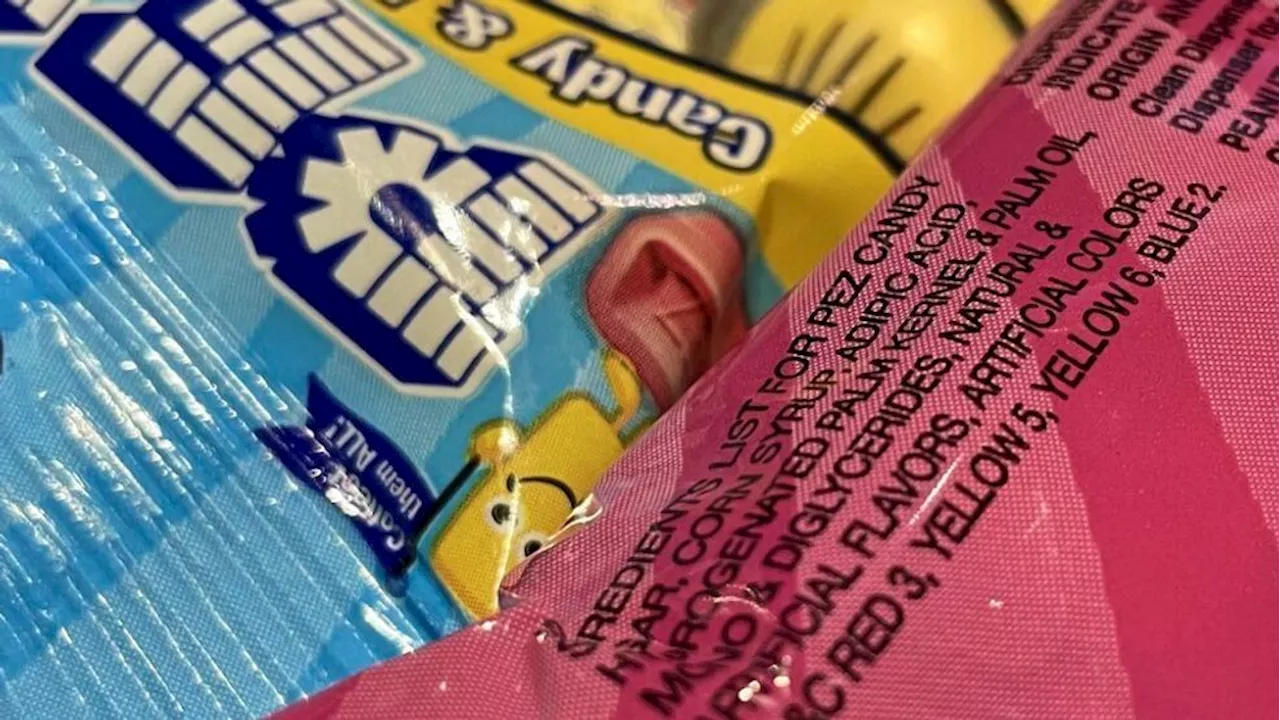 FDA Bans Red Dye No. 3 From Food Supply Over Cancer RiskThe U.S. Food and Drug Administration (FDA) has banned Red 3, a synthetic dye used to give foods a bright red hue, citing potential cancer risks in lab rats. This ban comes nearly 35 years after Red 3 was prohibited from cosmetics due to similar concerns. While the FDA acknowledges that the way Red 3 causes cancer in rats does not apply to humans, the Delaney Clause, a law requiring the ban of any additive found to cause cancer in humans or animals, necessitates this action.
FDA Bans Red Dye No. 3 From Food Supply Over Cancer RiskThe U.S. Food and Drug Administration (FDA) has banned Red 3, a synthetic dye used to give foods a bright red hue, citing potential cancer risks in lab rats. This ban comes nearly 35 years after Red 3 was prohibited from cosmetics due to similar concerns. While the FDA acknowledges that the way Red 3 causes cancer in rats does not apply to humans, the Delaney Clause, a law requiring the ban of any additive found to cause cancer in humans or animals, necessitates this action.
Read more »
